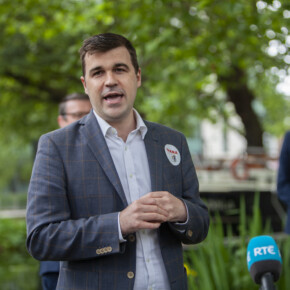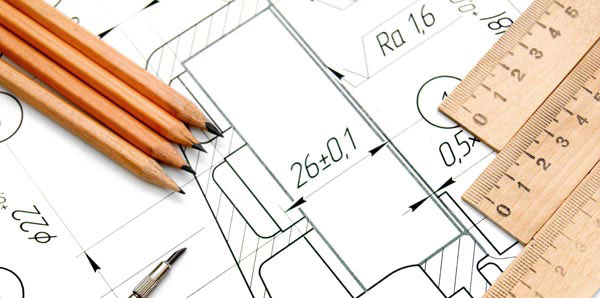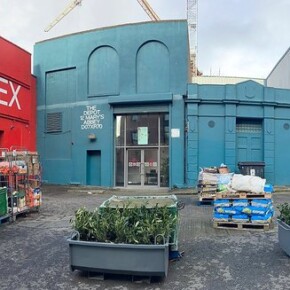By honouring Dún Laoghaire’s past, we can secure its future
Dublin People 14 Jun 2014SO the election is over and a new council is beginning work. Now, let me thank the Southside People for this chance to set out to our new councillors a solution to a problem some of them will have encountered on the doorsteps: What to do about Dun Laoghaire’s new library?
For well-intentioned but perhaps misguided reasons, the last council spent upwards of
?¬32 million on a building that most feel is too big, too expensive and in the wrong place.
Some even want it blown up! Now too many decisions about taxpayers’ money have been made without recourse to taxpayers themselves (and perhaps the most urgent need is to give taxpayers more of their money back) and if residents of Dun Laoghaire really want the new building demolished that should be respected.
But here is a compromise that will make a good situation out of a bad one.
The area already has three libraries and doesn’t need a new one (although some of the existing ones could be refurbished). What Dún Laoghaire desperately needs, however, is to draw more visitors into its town centre.
My proposal does that, and more. It fits in with the history of Dún Laoghaire. Much more importantly it does justice to the saddest event in Ireland’s history.
My idea is that the building be modified (lower the height and put a roof garden on top) and then use it to house a solemn international museum to commemorate our famine.
The building is an imposing one (too imposing many feel) and with appropriate modification could be adapted to resemble a smaller version of the impressive Yad Vashem holocaust memorial in Israel which I was privileged to visit in 2011.
The holocaust and famine were of course different in several respects. But in relative terms the famine was as great a loss of life to the Irish people.
There is an interesting museum in Strokestown, Co Longford (well worth visiting). But this revolves around the lives of those who survived as much as those who died.
There is as yet nothing which does justice to the gravity and national and international importance of the famine, an event that changed Ireland and the world.
Dún Laoghaire is also one of four locations being considered for a new diaspora centre, a separate but related project which, if built in the town, would be an ideal sister facility.
Dun Laoghaire is also the port from which tens of thousands fled the famine. What could be better than welcoming back their descendants in the very port from which their ancestors left?
The famine also weaves very well into the story of Dun Laoghaire which went from being one of Europe’s most dynamic places in the early 1800s with the world’s first suburban railway station and largest harbour to being an area that – wonderful though it is – is much less than it could be.
Despite the deep recession, Ireland has a great future ahead of it. Sometimes, however, realising your future means understanding, honouring and learnÂ- ing from your past.
It’s about knowing who you are. As a wise man once said, a nation without a memory is a nation of madmen. If we don’t properly honour those who suffered in a struggle to make our futures better than theirs were, we don’t really deserve that future.
By contrast if we do the right thing by our ancestors, good things will happen to us.
A famine museum will draw tens of thousands of visitors and bring in jobs and prosperity to Dún Laoghaire and put it firmly on the world tourist map where its beauty and facilities deserve it to be.
And here’s another idea that fits in with this proposal: The late 1700s and early 1800s were a period of glorious architecture in Ireland. The Powerscourt town centre in the heart of Dublin epitomises how neglected Georgian buildings were renovated into a high quality shopping centre that rejuvenated the local area. In the 1970s Georgian buildings were torn down to build the Dun Laoghaire shopping centre.
Now is the time to revisit that error and plan the rebuilding of those buildings in the atrium style of the Powerscourt Centre and with parking underneath. By honouring and salvaging Dún Laoghaire’s and Ireland’s past, we can secure Dún Laoghaire’s prosperity in the future.











